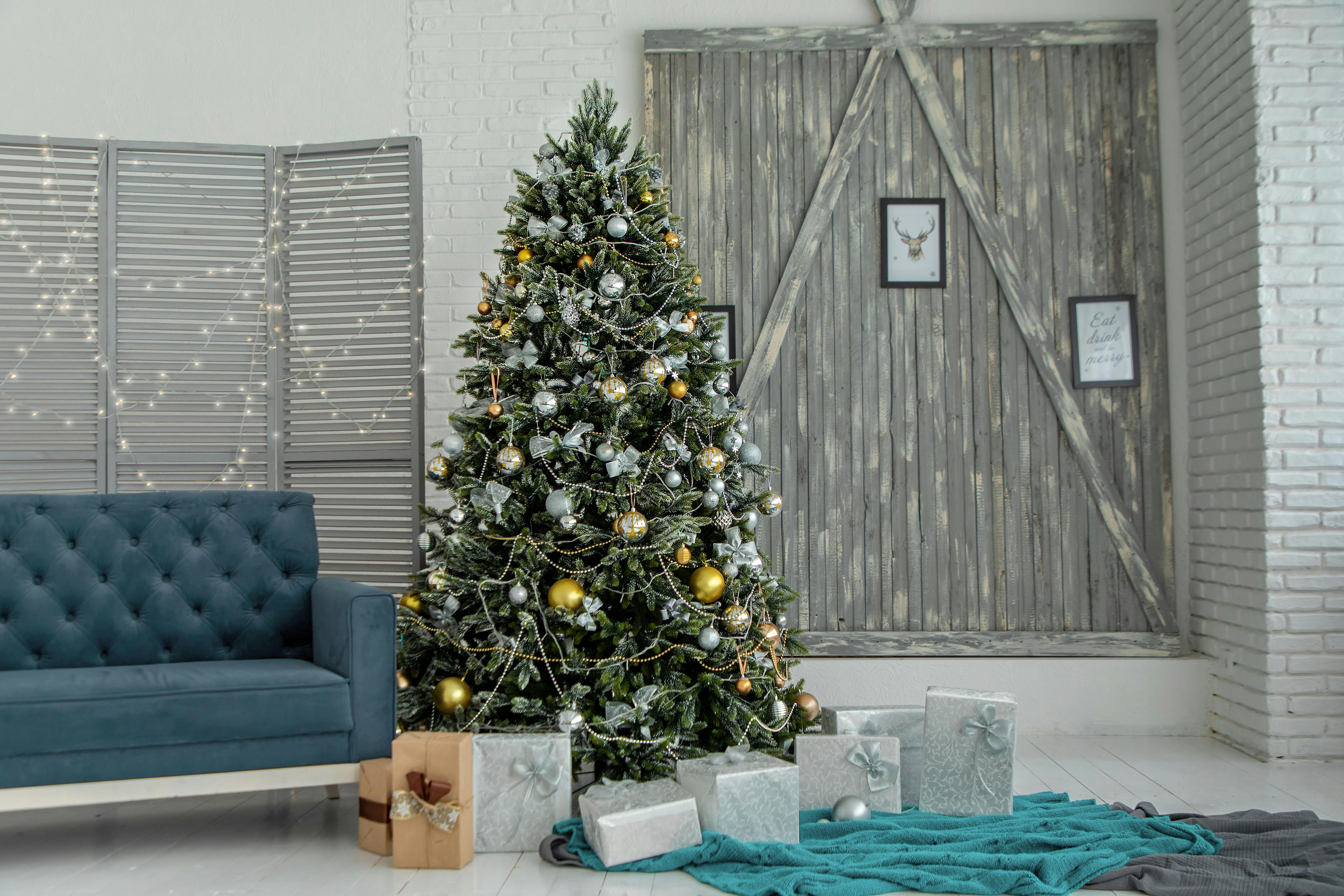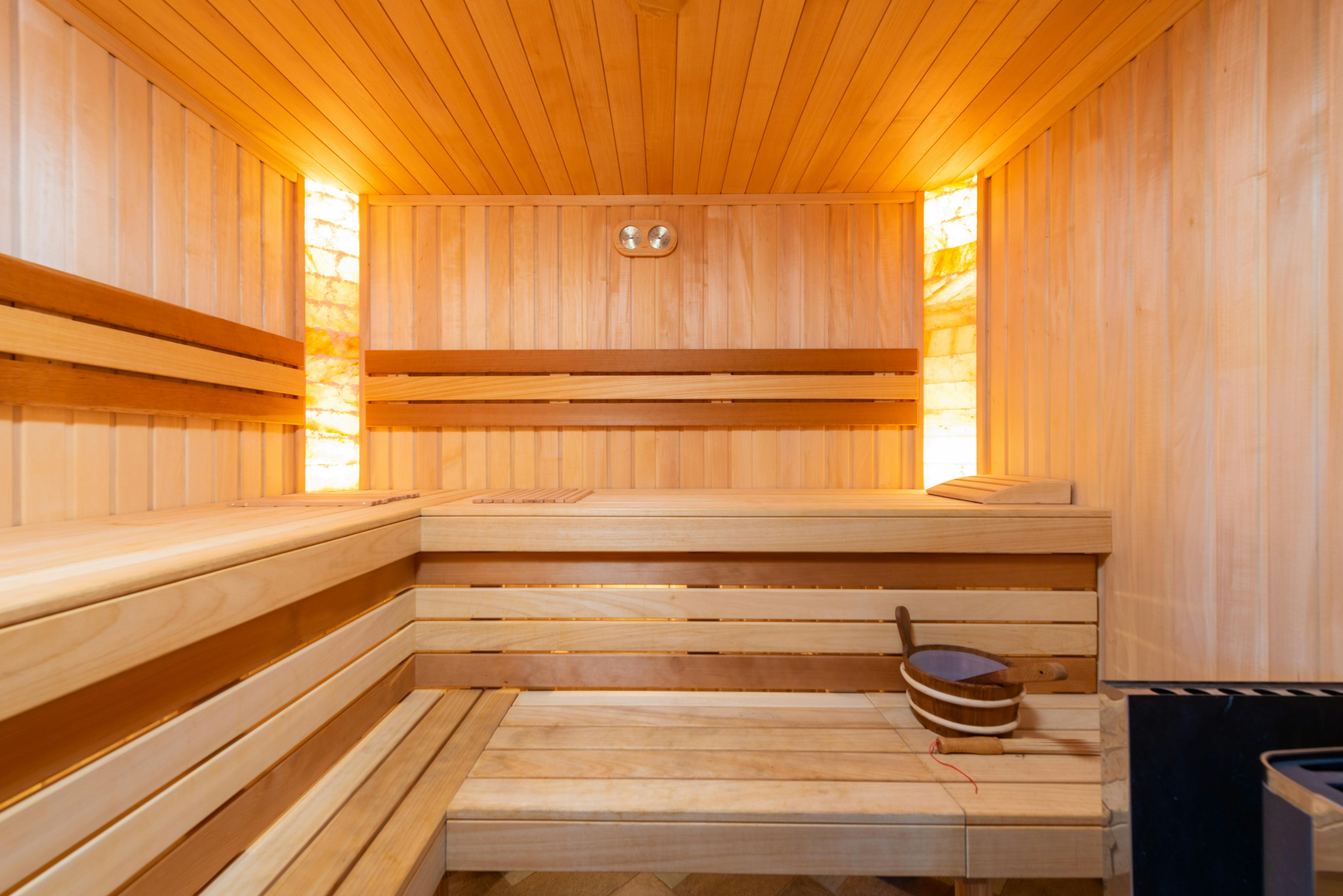Basement flooring used to be limited due to the high moisture content found in below-grade rooms. However, times are changing and there is now a nice selection of materials from which to choose when redoing your basement floor. Just keep in mind that a concrete slab is a porous material is prone to moisture. So, the material you choose will have to be moisture resistant or have a water-resistant core. There are a number of excellent flooring options from which to choose with the exception of hardwoods and laminates with a fiberboard core.
Among the number of options available for basement flooring is engineered hardwood, ceramic tiles and laminates with a water-resistant plywood core. Here we will take a look at the different options and why they work well in certain rooms.
Engineered Hardwoods
Engineered Hardwoods are as good looking as solid hardwoods. The difference is with engineered Hardwoods their core is water resistant making them ideally suited for basements and condo complexes. not only do they come in a large variety of colors, styles and stains, they can also be resanded when they have been scuffed-up or scratched. They tend to be a warmer option and give a basement a more formal look and feel.
Laminates
Laminates or made to look like either wood or stone but they are made from a kind of melamine resin that is extremely resistant to usage, scuffs and wear. Laminates used to be very popular four flooring throughout a house but lost its appeal in recent years. However the higher quality laminate available today have again made them a popular choice in flooring especially for basements. Laminates tend to give the same kind of warm as hardwoods but are far more durable.
Ceramics
Ceramics are the flooring of choice in warmer climates where a cool floor is a coveted feature by homeowners. Ceramics or stone can include everything from porcelain tiles to marble to granite. however in colder climates it would be necessary to include a heating element under the floor in order to keep it comfortable even during the winter months. Ceramics are a cooler option but just as durable as laminates.
Regardless of the flooring you choose for your basement make sure that your selection is water resistant to prevent any warping that would necessitate changing the floor too quickly after installation.
Among the number of options available for basement flooring is engineered hardwood, ceramic tiles and laminates with a water-resistant plywood core. Here we will take a look at the different options and why they work well in certain rooms.
Engineered Hardwoods
Engineered Hardwoods are as good looking as solid hardwoods. The difference is with engineered Hardwoods their core is water resistant making them ideally suited for basements and condo complexes. not only do they come in a large variety of colors, styles and stains, they can also be resanded when they have been scuffed-up or scratched. They tend to be a warmer option and give a basement a more formal look and feel.
Laminates
Laminates or made to look like either wood or stone but they are made from a kind of melamine resin that is extremely resistant to usage, scuffs and wear. Laminates used to be very popular four flooring throughout a house but lost its appeal in recent years. However the higher quality laminate available today have again made them a popular choice in flooring especially for basements. Laminates tend to give the same kind of warm as hardwoods but are far more durable.
Ceramics
Ceramics are the flooring of choice in warmer climates where a cool floor is a coveted feature by homeowners. Ceramics or stone can include everything from porcelain tiles to marble to granite. however in colder climates it would be necessary to include a heating element under the floor in order to keep it comfortable even during the winter months. Ceramics are a cooler option but just as durable as laminates.
Regardless of the flooring you choose for your basement make sure that your selection is water resistant to prevent any warping that would necessitate changing the floor too quickly after installation.



